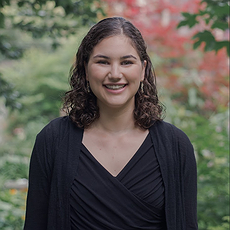Rates
In-Home Rates
Studio Rates
Jazz Piano Teachers
Frequently Asked Questions
Q: What is the difference between classical and jazz piano?
A: The main difference between classical piano and jazz piano is jazz piano involves more improvising than classical piano. Generally speaking, jazz piano uses more dissonant harmonies and melodies, while classical piano often uses more consonant harmonies and melodies. There is both consonance and dissonance in both jazz piano and classical piano.
Q: What Kind Of Keyboard or Piano Should I Buy?
A: I highly recommend buying an acoustic piano for both jazz piano lessons or classical piano lessons. The feel of an acoustic piano is different from that of a digital piano or a keyboard. Even with weighted keys on a keyboard or digital piano, it still does not feel and play like an acoustic piano.
Q: Should I take private or group piano lessons?
A: I highly recommend private jazz piano lessons over group piano lessons. Private one-on-one lessons are the best way to learn jazz piano. There are less distractions with private jazz piano lessons. Learning in a group setting can be frustrating and difficult with multiple people trying to learn the same concepts. To find private jazz piano lessons near me check our piano teachers page.
Q: What is the best way to practice the piano?
A: The best way to practice jazz piano lessons is with a timer. Using a timer will help keep piano students on task. It will ensure that each technical exercise such as scales and arpeggios, studies, and piano compositions will receive the proper amount of time for practising. We offer jazz piano lessons in Toronto.
Q: How qualified are your piano teachers in Toronto?
A: The piano teachers at Neighbour Note are among the highest educated teachers in North America. Many have completed a doctorate degree in music: PhD or DMA. Not only are our piano teachers highly educated they are also quite experienced. Many of our piano teachers have been teaching for over twenty years. We offer piano lessons for all ages and levels.






